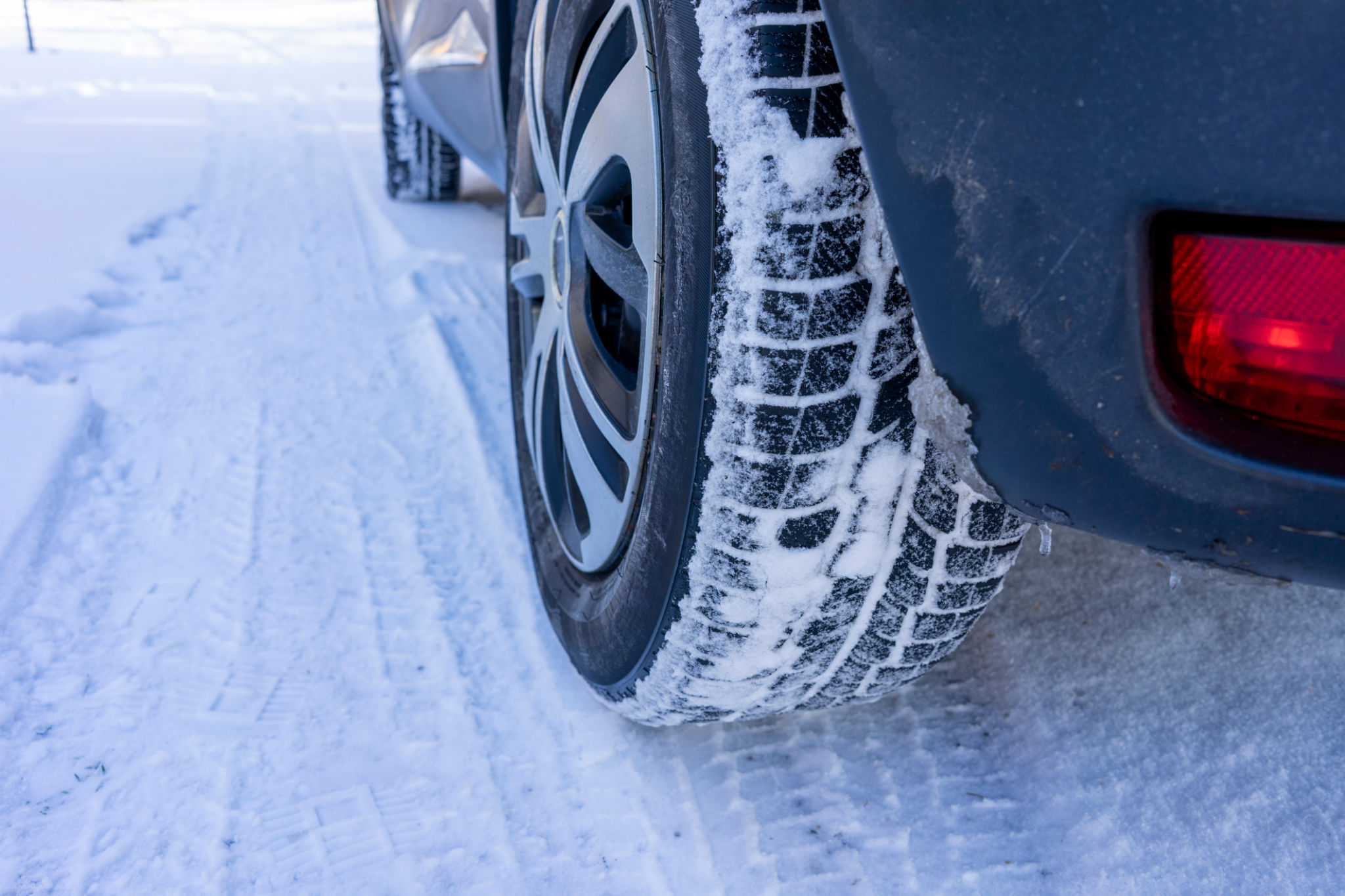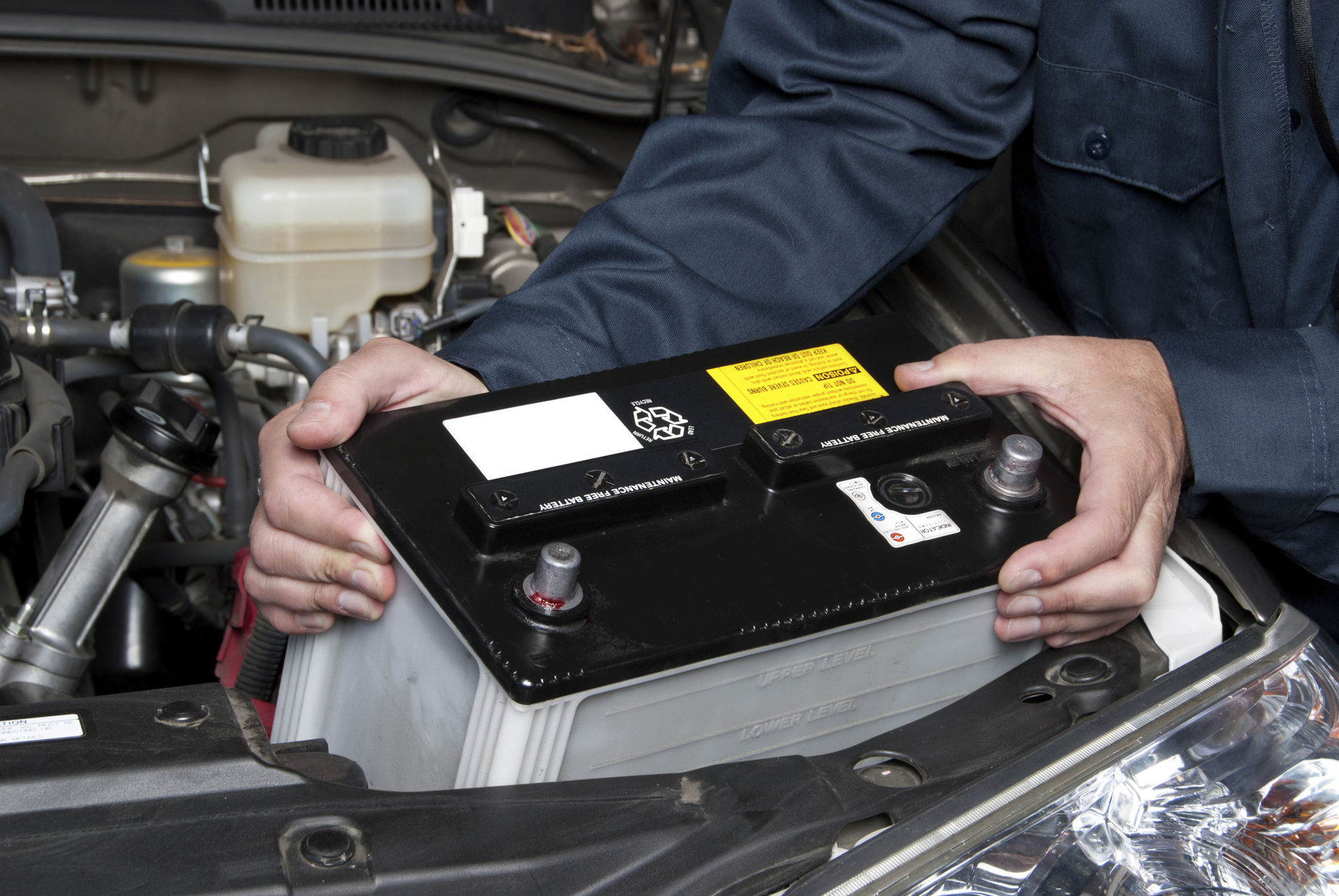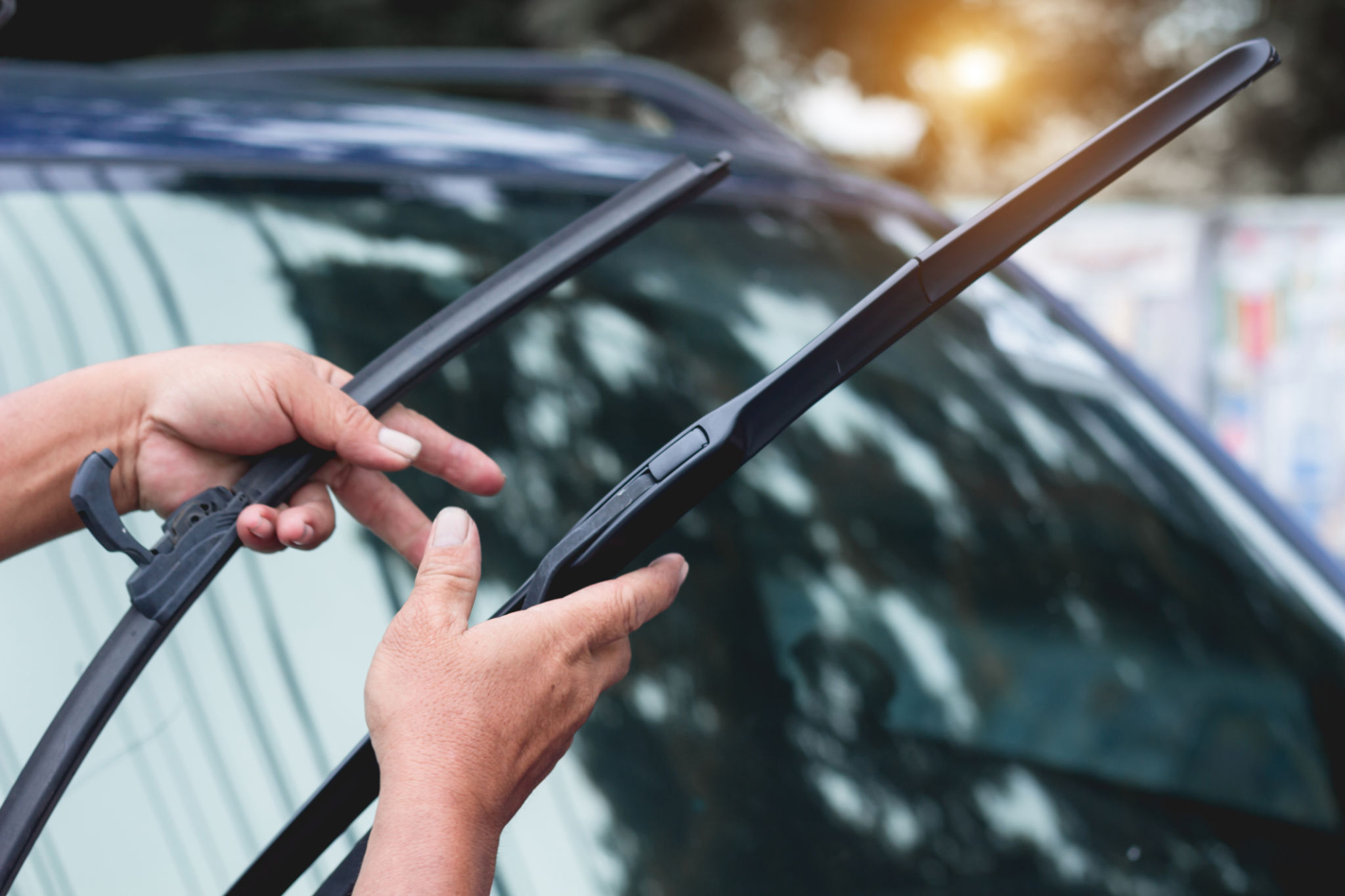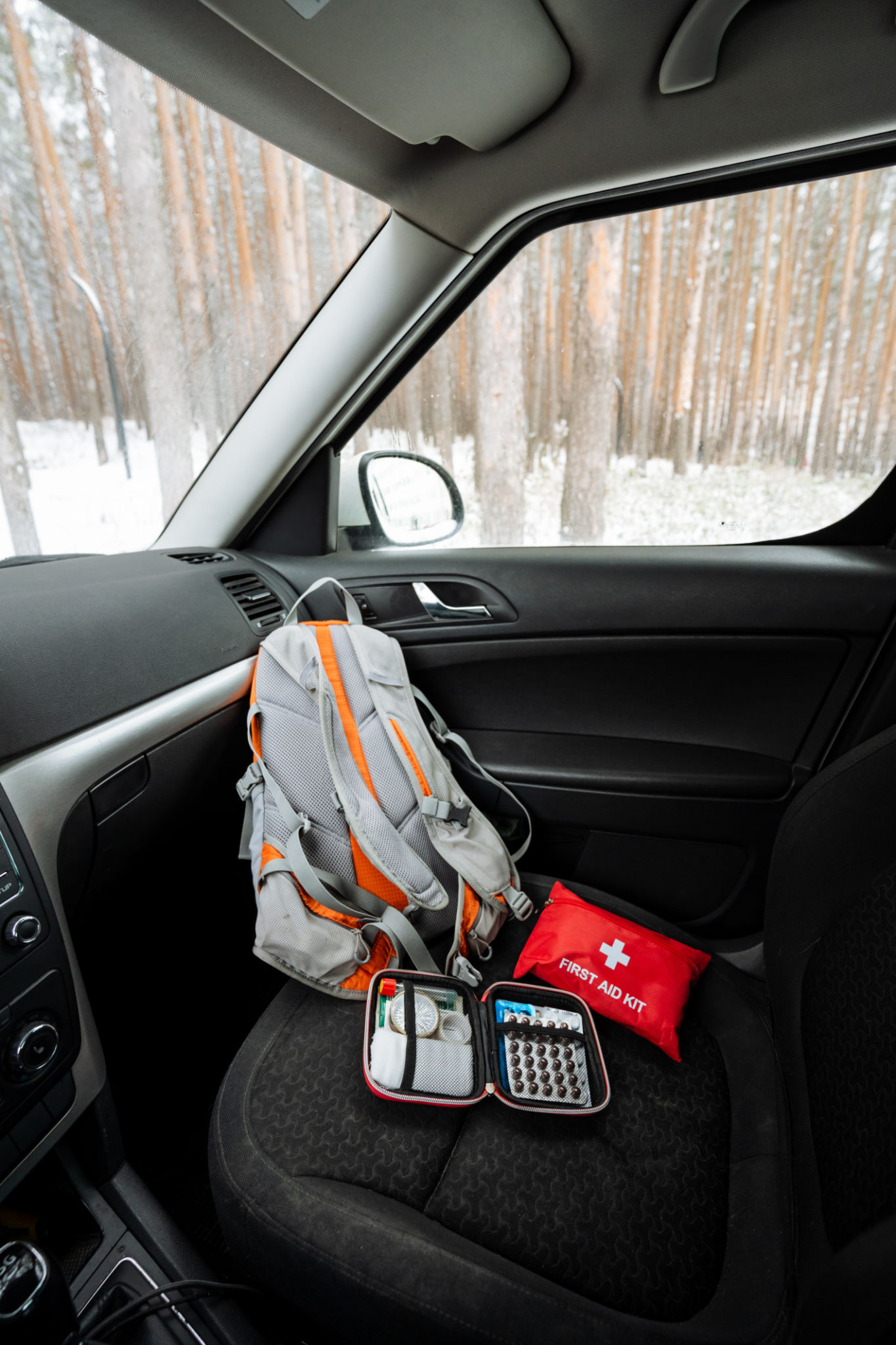How to Prepare Your Car for Winter in Middlesex: Essential Tips
Inspect Your Tires
When preparing your car for winter in Middlesex, one of the first things to check is your tires. Winter driving conditions require tires that can handle wet, icy, and snowy roads. Ensure your tires have sufficient tread depth for optimal traction. A common method is the penny test; if you insert a penny into your tire's tread and can still see the top of Lincoln's head, it's time to replace your tires.

Consider Winter Tires
If you frequently drive in snowy or icy conditions, consider investing in winter tires. They are specifically designed to provide better grip and handling in cold weather. Make sure to check the tire pressure regularly, as it can drop with temperature decreases, affecting performance and safety.
Check Your Battery
Cold weather can significantly impact your car's battery performance. Before winter fully sets in, have your battery tested to ensure it's holding a charge properly. If your battery is more than three years old, it may be wise to replace it proactively to avoid unexpected failures during the cold months.
Keep Battery Terminals Clean
Corrosion on battery terminals can impede the electrical flow, making it harder for your car to start. Clean any corrosion with a mixture of baking soda and water using a wire brush. Ensure the battery terminals are tightly connected for optimal performance.

Top Off Fluids
Fluids play a crucial role in keeping your car running smoothly, especially in winter. Make sure to top off essential fluids such as antifreeze, oil, and windshield washer fluid. Use a winter-specific windshield washer fluid that can help prevent freezing on your windshield.
Check the Antifreeze
Antifreeze is vital for preventing the engine from freezing in cold temperatures. Check the coolant level and the condition of the antifreeze. A 50/50 mixture of antifreeze and water is typically recommended for optimal performance in winter conditions.
Inspect Wipers and Lights
Visibility is key when driving in winter conditions, so ensure your wipers and lights are in good working order. Replace wiper blades if they are worn out or leave streaks on the windshield. Make sure all lights are functioning correctly, including headlights, taillights, brake lights, and turn signals.

Upgrade to Winter Wiper Blades
Consider upgrading to winter wiper blades that are specifically designed to handle snow and ice. They have a special rubber coating that prevents ice buildup and ensures clear visibility.
Prepare an Emergency Kit
An emergency kit can be a lifesaver if you find yourself stranded during a winter storm. Pack essentials such as a blanket, flashlight, extra batteries, water, non-perishable snacks, and a first-aid kit. Additionally, include jumper cables, a spare tire, and a basic toolkit.
Include Winter-Specific Items
Add winter-specific items like a snow shovel, ice scraper, and cat litter or sand for traction if you get stuck on ice or snow. These tools can help you get back on the road safely.
